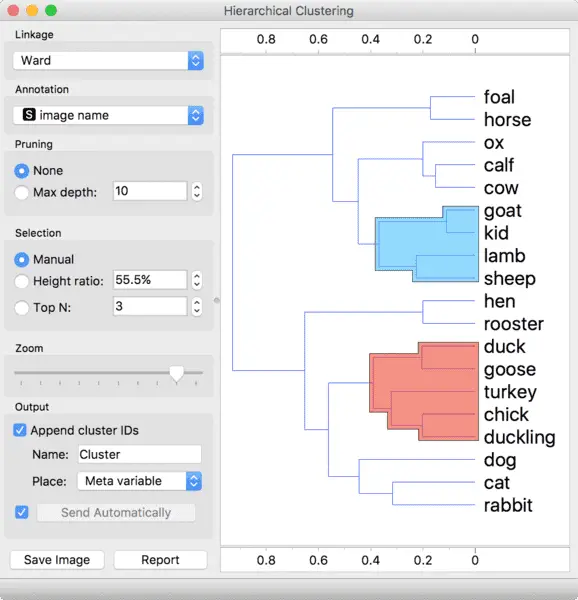Green Building Definition, Components, Objectives, and Benefits
Green building is any engineering structure or construction approach that is highly eco-friendly, sustainable and conservative. This article discusses green building definition, components, features, objectives and benefits; as outlined below;
-Green Building Definition: 5 Ways to Define Green Buildings
-Components of A Green Building
Green Building Definition: 5 Ways to Define Green Buildings
A green building is an engineering structure that is designed to be fully compatible with the ecosystem, and to have minimal environmental impact [1].
The above sentence portrays green buildings solely as engineering structures. However, they can also be viewed as a practice, process or application, as shown in the alternative green building definition given below;
Green building is the practice of constructing and maintaining structures or facilities using applications that ensure sustainability and mitigate the risk of all forms of environmental degradation [2].
Below is another green building definition that highlights the design and components of a green building;
A green building is a sustainable structure with a conservative and efficient design, that is equipped with components like artificial intelligence-based temperature regulators, energy storage systems, energy efficient windows, solar panels, greywater treatment systems, ventilation systems, and weather-resistant insulation.

From the above, it may be deduced that green buildings are developed with the aim to reduce the hazardous impacts and role of the construction sector in environmental problems like resource depletion, pollution, greenhouse emission and climate change.
It can also be observed that the green building concept often intersects with that of smart house development.
In the green building definition below, some objectives of green buildings are mentioned;
Green building is any structure that is developed and utilized with the objectives of water conservation, energy efficiency, air quality improvement, energy conservation, and overall ecosystem protection.
Lastly, green building definition is outlined based on related concepts, as follows;
Green building is a sustainable system of construction and building management which is closely linked to concepts like sustainable development, energy management, and renewable energy development.
The concepts listed above, if considered carefully, can provide sufficient insight to fully understand the nature, relevance, origin, context and functions of green buildings.
An example of a green building is the Pixel Building, located in Melbourne, Australia; which is equipped with a green roof, water conservation and recycling systems, and wind turbines.
These components all work together to conserve water and energy resources, while preventing harmful emissions of all kinds, from the building.
Components of A Green Building
Components of a green building include;
1). Solar Panels
2). Greywater Recycling Systems
3). Energy Storage Systems like Batteries
4). Green Roof
5). Insulation
6). Energy Efficient Windows and Doors
Features of A Green Building
Features of a green building are;
1). Energy Efficiency
2). Water Conservation
3). Optimal Indoor Air Quality
4). Eco-Friendly Building Materials
5). Innovative Design
6). Optimized Site or Location
7). Partial or Total Self-Sufficiency
Objectives of Green Building
Objectives of green building are;
1). Conservation of Energy Resources
2). Long-Term Cost Reduction
3). Durability and Sustainability of Design
4). Reduction of Construction Sector Environmental Impacts
Benefits of Green Building
The benefits of green building include social, economic and environmental benefits, and range from the facilitation of technological growth, to the improvement of public health and protection of the ecosystem.
-Social Benefits of Green Building
1). Improvement of public health through better environment quality
2). Contributes to reduction of socioeconomic risks involving pollution, food insecurity, and hunger
-Economic Benefits of Green Building
1). Increase in value of businesses within the premises
2). Job creation for both construction and maintenance
3). Lower long-term cost
4). Higher productivity
5). Reduction of waste energy and materials
6). Facilitation of technological growth
-Environmental Benefits of Green Building
1). Conservation of natural resources like water and air
2). Mitigation of degradation within the environs
3). Improvement of environmental quality
4). Biodiversity and ecosystem protection
Conclusion
Green building is a sustainable and optimized structure, application or process that is equipped to conserve resources and mitigate environmental impacts.
Components of a green building include; solar panels, greywater recycling systems, energy storage systems, green roof, insulation, and energy efficient windows/doors.
Features of a green building are; energy efficiency, water conservation, air quality, innovative design, eco-friendly materials, optimized site/location, and partial or total self-sufficiency.
Objectives of green building are conservation of energy resources, long-term cost reduction, durability and sustainability, and environmental impact mitigation.
Benefits of green building are;
1. Improvement of public health through better environment quality
2. Contributes to reduction of socioeconomic risks involving pollution, food insecurity, and hunger.
3. Increase in value of businesses within the premises
4. Job creation for both construction and maintenance
5. Lower long-term cost
6. Higher productivity
7. Reduction of waste energy and materials
8. Facilitation of technological growth
9. Conservation of natural resources like water and air
10. Mitigation of degradation within the environs
11. Improvement of environmental quality
12. Biodiversity and ecosystem protection
References
1). Neyestani, B. (2017). “A Review on Sustainable Building (Green Building).” Electronic Journal 6(1):451-459. Available at: https://doi.org/10.2139/ssrn.2968885. (Accessed 21 November 2022).
2). Olaleye, A.; Ayodele, T. O.; Komolafe, M. (2015). “The Relevance of Green Building Practice in Emerging Markets: A Perceptual Analysis of Commercial and Industrial Building Users in Ibadan, Nigeria.” Available at: https://www.tandfonline.com/doi/abs/10.1080/10835547.2015.12091874. (Accessed 21 November 2022).

